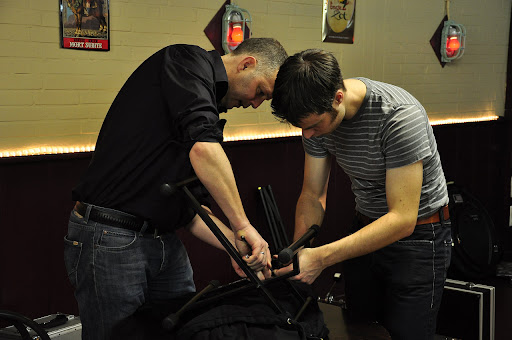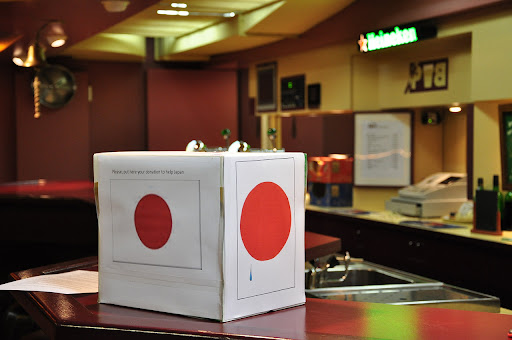[youtube]https://www.youtube.com/watch?v=OR5FFBfOpM4[/youtube]
Everyday before we do serious science, we check our employee’s health with our own chip:)
[youtube]https://www.youtube.com/watch?v=OR5FFBfOpM4[/youtube]
Everyday before we do serious science, we check our employee’s health with our own chip:)
Posted in General
 Analog-to-digital converters (ADCs) are indispensable building blocks of wearable and implantable biomedical data acquisition systems. Ultra-low-power ADCs for biomedical signal sensing have witnessed a dramatically reduced power consumption in recent years, but we have to admit that our biomedical systems need more breakthroughs than just squeezing harder in conventional ways.
Analog-to-digital converters (ADCs) are indispensable building blocks of wearable and implantable biomedical data acquisition systems. Ultra-low-power ADCs for biomedical signal sensing have witnessed a dramatically reduced power consumption in recent years, but we have to admit that our biomedical systems need more breakthroughs than just squeezing harder in conventional ways.
As is known to all, many biomedical signals are born with a sparse nature. A large amount of redundant digital samples will be thus generated if we use Nyquist-rate ADCs to convert such signals. Most likely, ADC power savings are not a major concern in a system in which transmission power dominates the overall power consumption. However, if this is not the case, from a signal point of view, new ways of sampling or sensing are necessary to further improve the performance of the whole system.
A new and promising ADC approach for biomedical data acquisition is based on so-called level-crossing (LC) sampling, in which samples are generated only when the input signal crosses the threshold levels, so there is no redundant sample in this case. However, the conventional LC-ADC utilizes power hungry comparators and DACs, which causes the LC-ADC to consume much more power than ultra-low-power Nyquist ADCs (e.g., SAR ADCs). In our new approach (mentioned by Wouter earlier in the weblog), innovations at both system level and circuit level enble us to design a more power-efficient LC-ADC. Power consumption is now in the range of hundreds of nanowatts. We are currently investigating the possiblity to further improve its performance and reliability.
Yongjia
Posted in Electronics, General, Medical Body Area Networks
Yes, a great night to remember! Not just because of those unforgettable songs and dancing, but we also raised money for Japan!
Some pictures of the ELCA Festival:
Entrance
Prepared in the afternoon

Box for raising money

Wouter’s smile after everything got ready

Backstage

First band

Three

Michael Bleeker’s dancing!!!

Crazy audience

Irish song — ELCA band

Cees’s band

"End of the world" — ELCA band

Yongjia
Moore’s law is well-known in the microelectronics world. However, some researchers from America found something similar recently: the number of simultaneously recorded neurons has grown exponentially since the 1950s, doubling every 7 years (Fig.1). They have already begun to discuss both the computational costs and the potential for more accurate models associated with this exponential growth of the number of recorded neurons.

Fig.1 [1]
Nowadays, almost every part of the human body has been extensively analysed and studied except the nervous system, which is by far the least understood part and its disorders are the most difficult to treat. But the good news is that with the help of emerging technologies and circuit design techniques, we are able to simultaneously record more and more information from the brain. According to this new "Moore’s law", our neural data acquisition system will be able to record from all of the approximately 100 billion neurons in the human brain in 220 years.
From an analog circuit designer’s point of view, it may be a little optimistic to predict this trend, because we must always make a good trade-off among power, area, noise, speed… So it is not that easy to make your chip perfect in every aspect. However, due to the substantial progress in the amplification circuitry, embedded neural signal processors and wireless interfaces, we should believe that we can see some dramatic breakthroughs in our understanding of the nervous system and in our ability to treat its disorders in the near future.
[1] Ian H. Stevenson & Konrad P. KordingHow, Advances in neural recording affect data analysis. Nature Neuroscience, vol. 14, pp. 139-142, 2011
Yongjia
Posted in General, Understanding the Brain